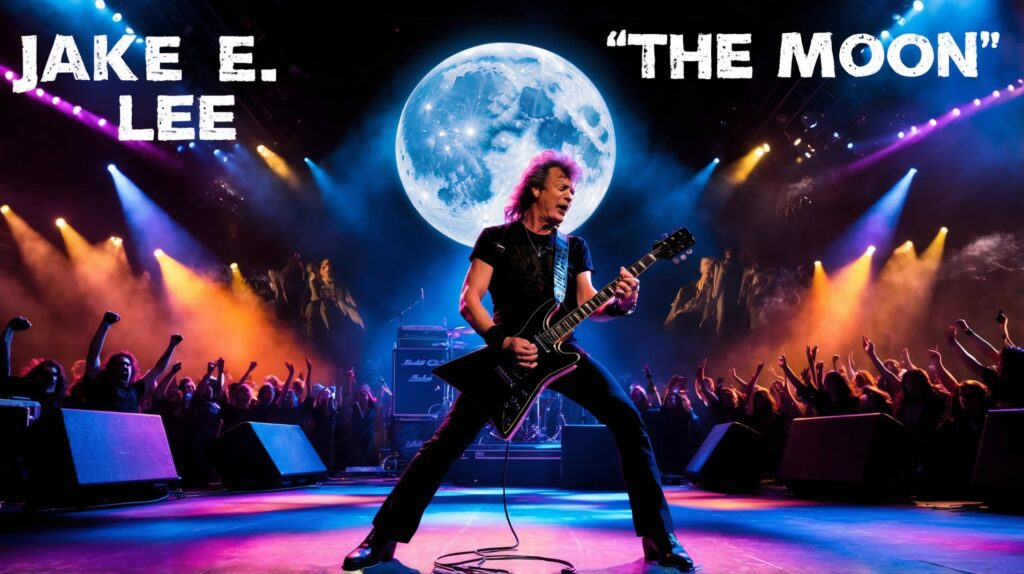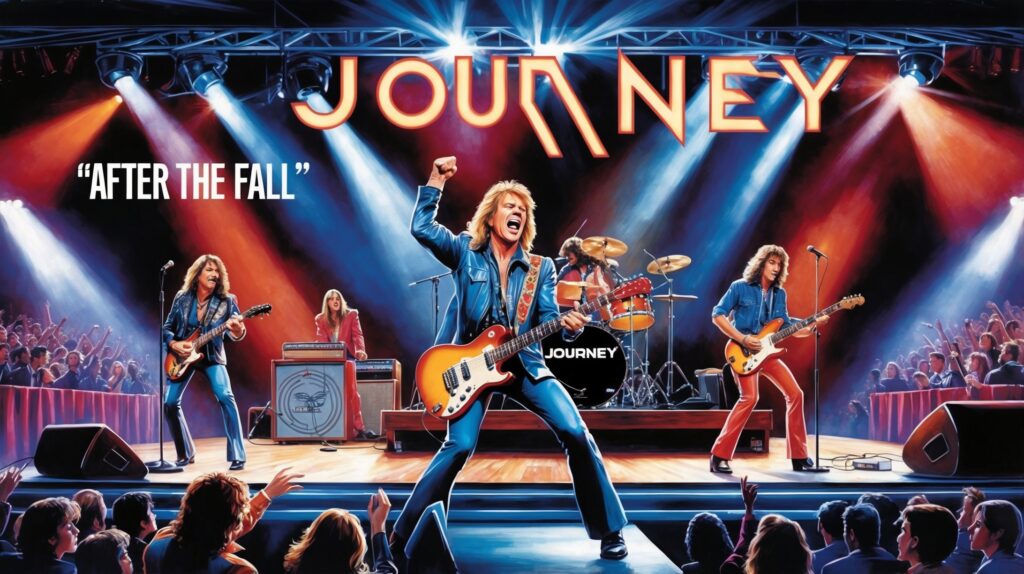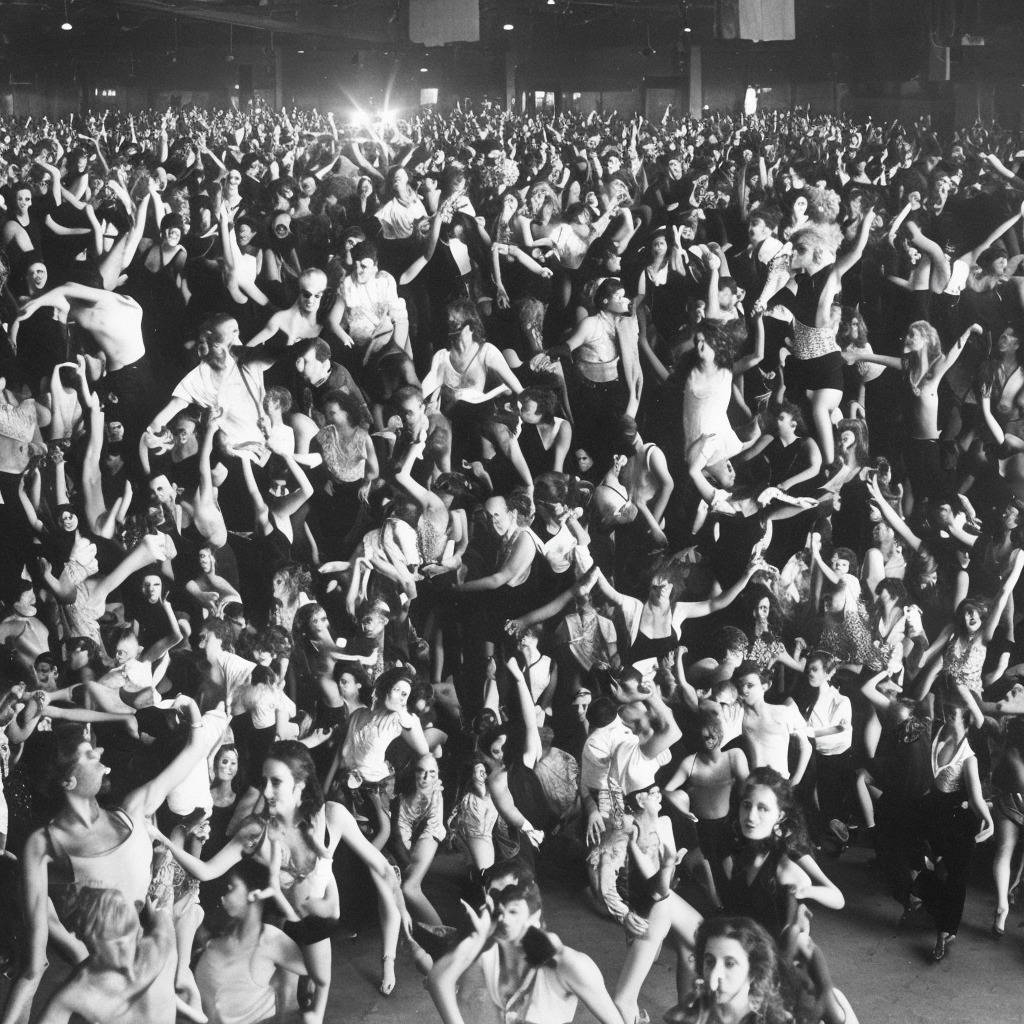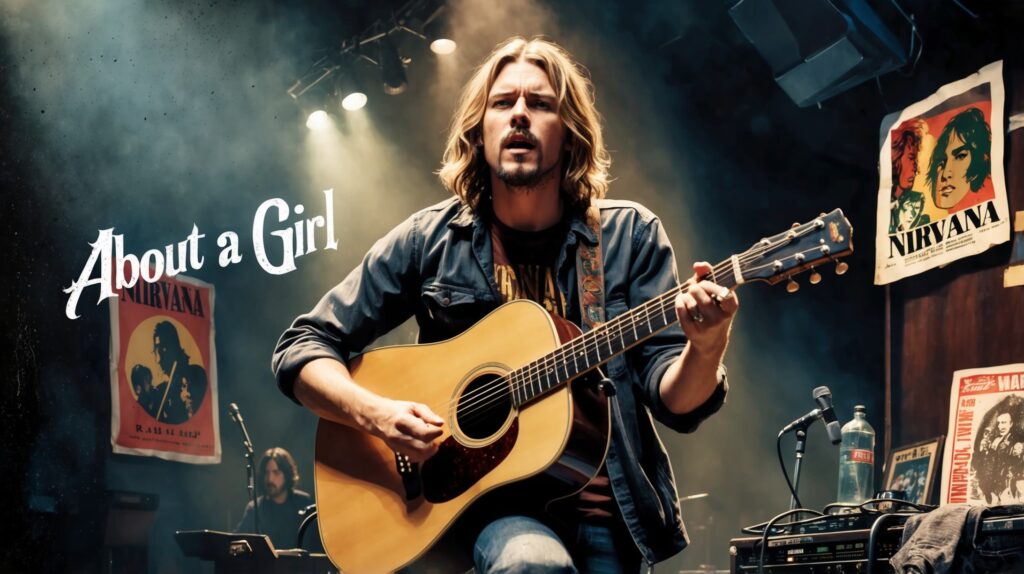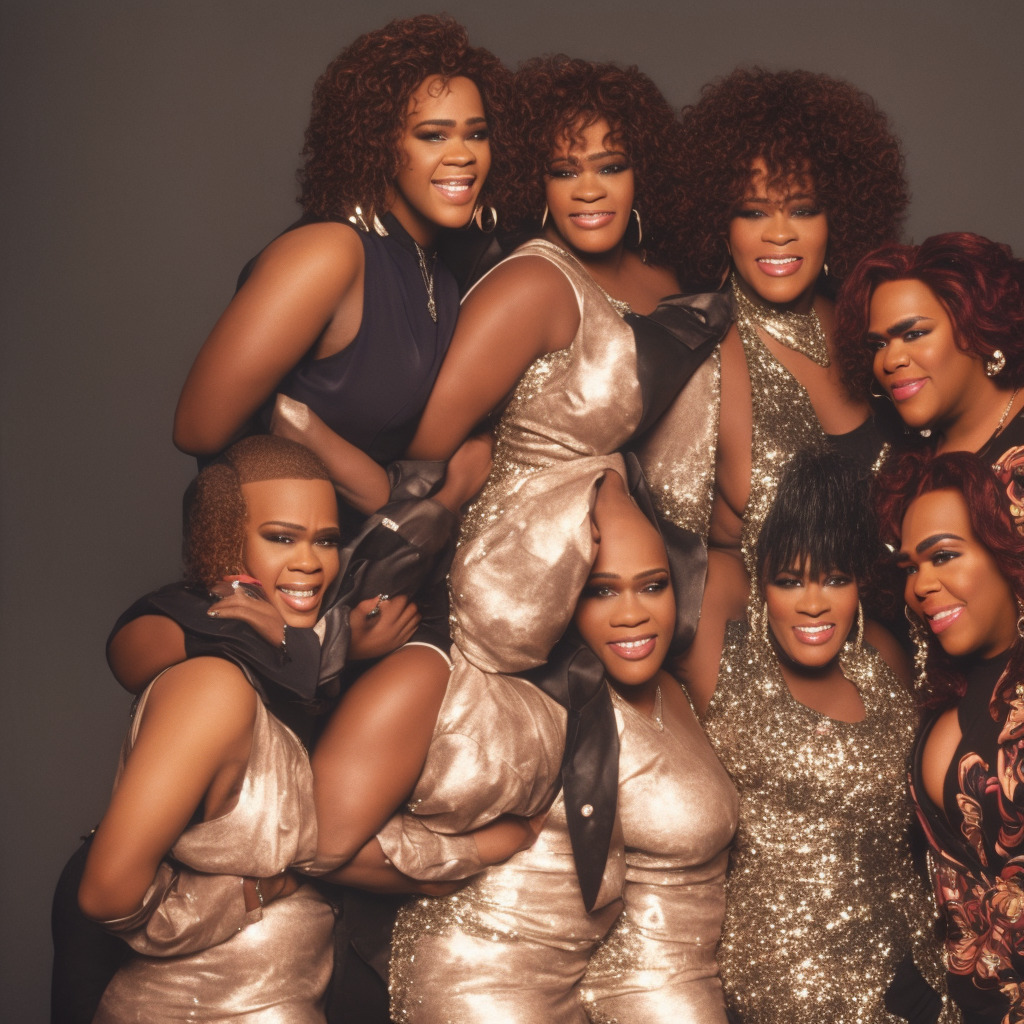Jake E. Lee | Bark at the Moon
Jake E. Lee: The Virtuoso Behind ‘Bark at the Moon’
Explore the musical genius of Jake E. Lee, the virtuoso guitarist who propelled the success of ‘Bark at the Moon’ with Ozzy Osbourne, ushering in a dynamic era of heavy metal.
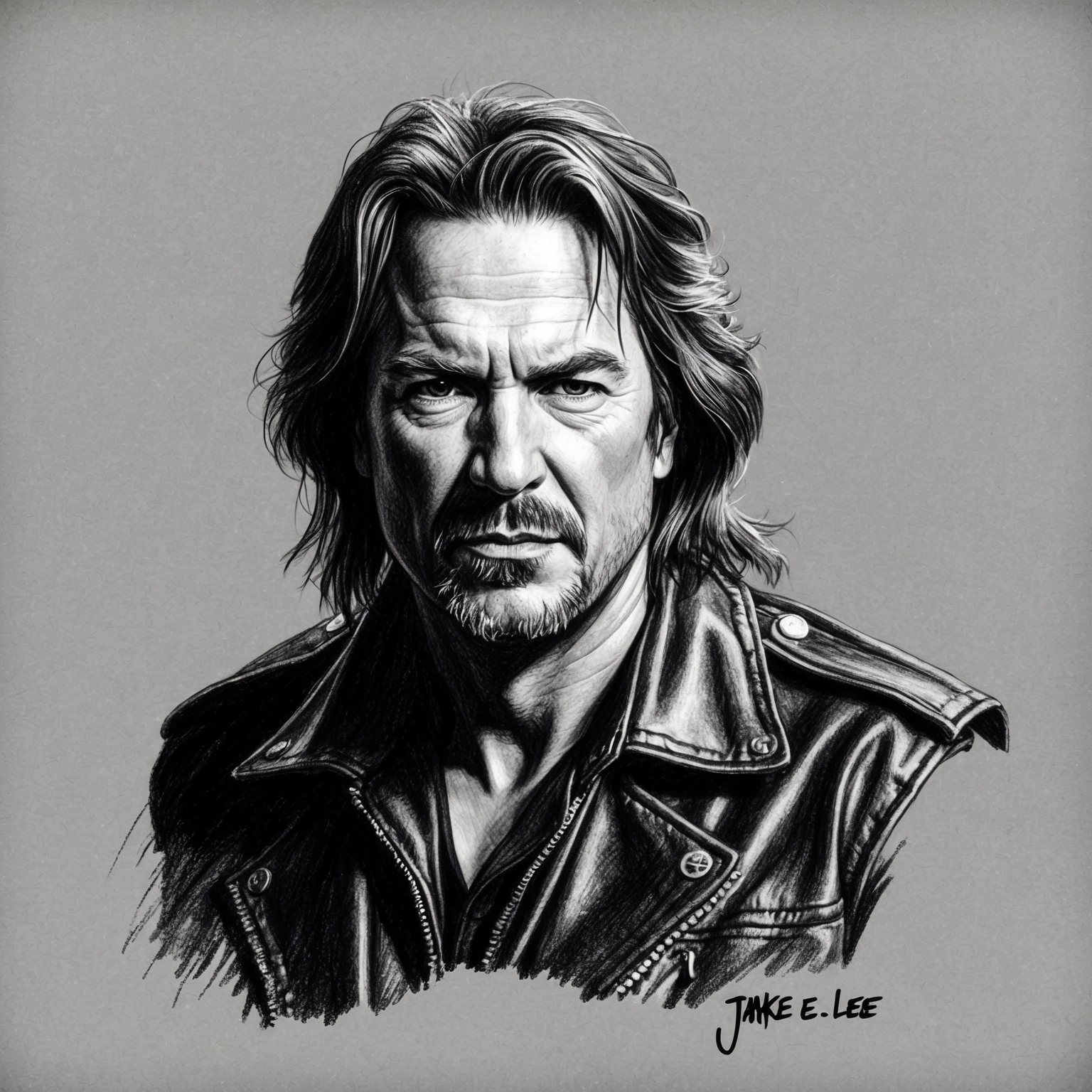
Jake E. Lee, the brilliant guitarist known for his electrifying solos and distinctive style, played a pivotal role in elevating ‘Bark at the Moon’ to legendary status. While often remembered in conjunction with Ozzy Osbourne, Lee’s musical journey is a fascinating story of innovation and passion in the realm of heavy metal. Born in Virginia but raised in San Diego, Lee’s entry into the world of rock was marked by a unique blend of influences ranging from blues to hard rock.
Lee’s career began to take shape when he joined a band called Teaser in the early 1980s and subsequently became part of Mickey Ratt, an early iteration of the glam metal band Ratt. However, it wasn’t until he became a member of Ozzy Osbourne’s band that Lee’s talents were truly unleashed upon the global stage. After the tragic death of Randy Rhoads, Ozzy Osbourne was searching for a guitarist capable of continuing Rhoads’ legacy—Jake E. Lee was more than up to the task.
The release of ‘Bark at the Moon’ in 1983 marked a defining moment in Lee’s career. His intricate riffs and melodic solos complemented Osbourne’s vocal prowess, producing a sound that resonated with the heavy metal crowd. At a time when the genre was shifting and evolving, Lee’s collaboration with Osbourne showcased not only his technical skill but also his ability to craft memorable and compelling music. While the music charts were pulsating with pop and emerging new wave sounds, Lee’s efforts ensured that ‘Bark at the Moon’ left its indelible mark on the rock landscape.
Unveiling the Genius Behind the Music
Explore the multifaceted role of Jake E. Lee, the mastermind composer behind “Bark at the Moon,” whose background, style, and collaboration with Ozzy Osbourne crafted an iconic heavy metal masterpiece.

Many rock enthusiasts know Jake E. Lee as the renowned guitarist of the legendary track “Bark at the Moon,” but his role as the composer is where his roots truly shine. Born in 1957 in Norfolk, Virginia, Jake E. Lee, whose real name is Jakey Lou Williams, had an early start with music. He began playing the classical piano at six and transitioned to the guitar as a teenager, influenced by the rock sounds of Jimi Hendrix and Led Zeppelin. His technical prowess and versatile enthusiasm laid the groundwork for his extraordinary career in rock music.
Jake E. Lee’s musical style is an intriguing blend of heavy metal and blues rock with a hint of neo-classical influences. His compositions are characterized by powerful riffs, intricate solos, and melodic lines that complement the genre’s intensity. His inspiration streams from luminaries like Eric Clapton and Ritchie Blackmore, shaping his vibrant and dynamic approach. Lee’s ability to blend technical proficiency with raw, emotive guitar work is exemplified in “Bark at the Moon,” leaving a distinct mark on the heavy metal landscape.
Jake E. Lee’s collaboration with Ozzy Osbourne marked a pivotal chapter in his career, as their combined talents produced not only “Bark at the Moon” but the iconic album of the same name. Their chemistry ushered in a new era for Osbourne’s music post-Randy Rhoads—a critical juncture that cemented the album’s place in rock music history. With “Bark at the Moon,” Lee was integral in crafting music that not only showcased his technical guitar skills but also interwove intense energy with melodic sensibility, elevating the track to a classic status known by rock fans worldwide.
Celebrated Legacy and Musical Tributes
“Bark at the Moon” stands as an enduring metal classic, inspiring numerous covers and occupying a notable place in popular culture through video games and media appearances. Although it hasn’t won major awards, its influence is undeniable.
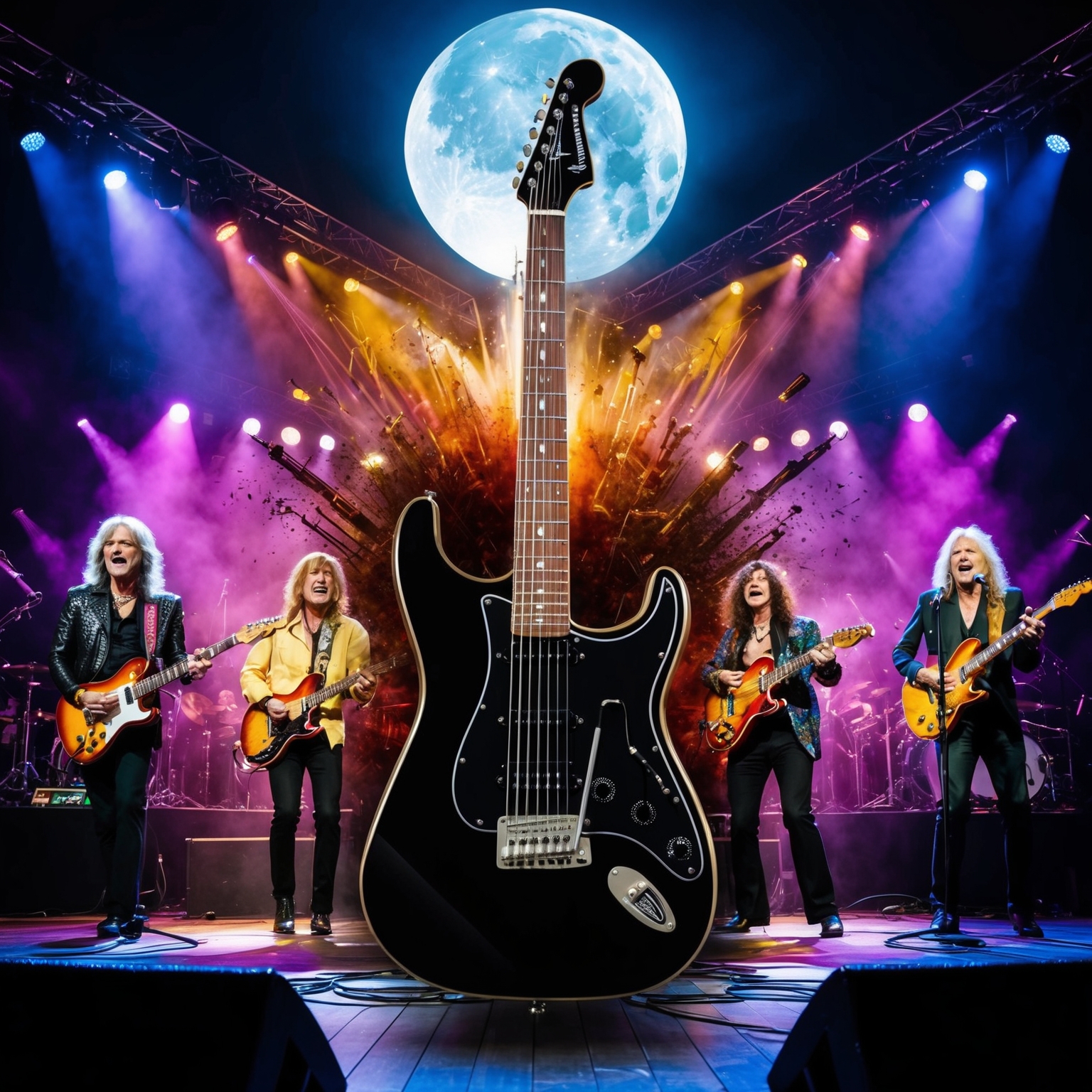
When it comes to the heavy metal classic “Bark at the Moon,” the song’s presence extends far beyond the airwaves of its initial release. Though it hasn’t garnered major awards or nominations, its impact resonates deeply in the music world. The song remains an enduring testament to Jake E. Lee’s virtuosity. The riff alone is celebrated by fans and musicians alike, contributing to its status as an essential track in the hard rock and heavy metal genres.
What adds to the song’s legacy is the fascinating array of covers it has inspired over the years. Artists across different genres have put their unique spin on this rock anthem. Perhaps one of the most intriguing cover versions came from the band Lord, who released it as part of their own homage to classic metal music. Such covers endorse the song’s timeless quality and highlight its versatility to adapt across various musical styles.
In addition to covers, “Bark at the Moon” has made its mark in popular culture through appearances in movies, television shows, and notably video games. It is featured in rhythm games like Guitar Hero, allowing players to engage directly with its iconic guitar riffs and solos. These appearances have not only reinvigorated its allure with a new generation of listeners but have also solidified its position as a staple of rock culture.
The Resounding Chart Journey of ‘Bark at the Moon’
Discover the chart journey of ‘Bark at the Moon’ as it climbed rock charts, reassured fans with strategic promotions, and continues to influence listeners across streaming platforms decades after its release.
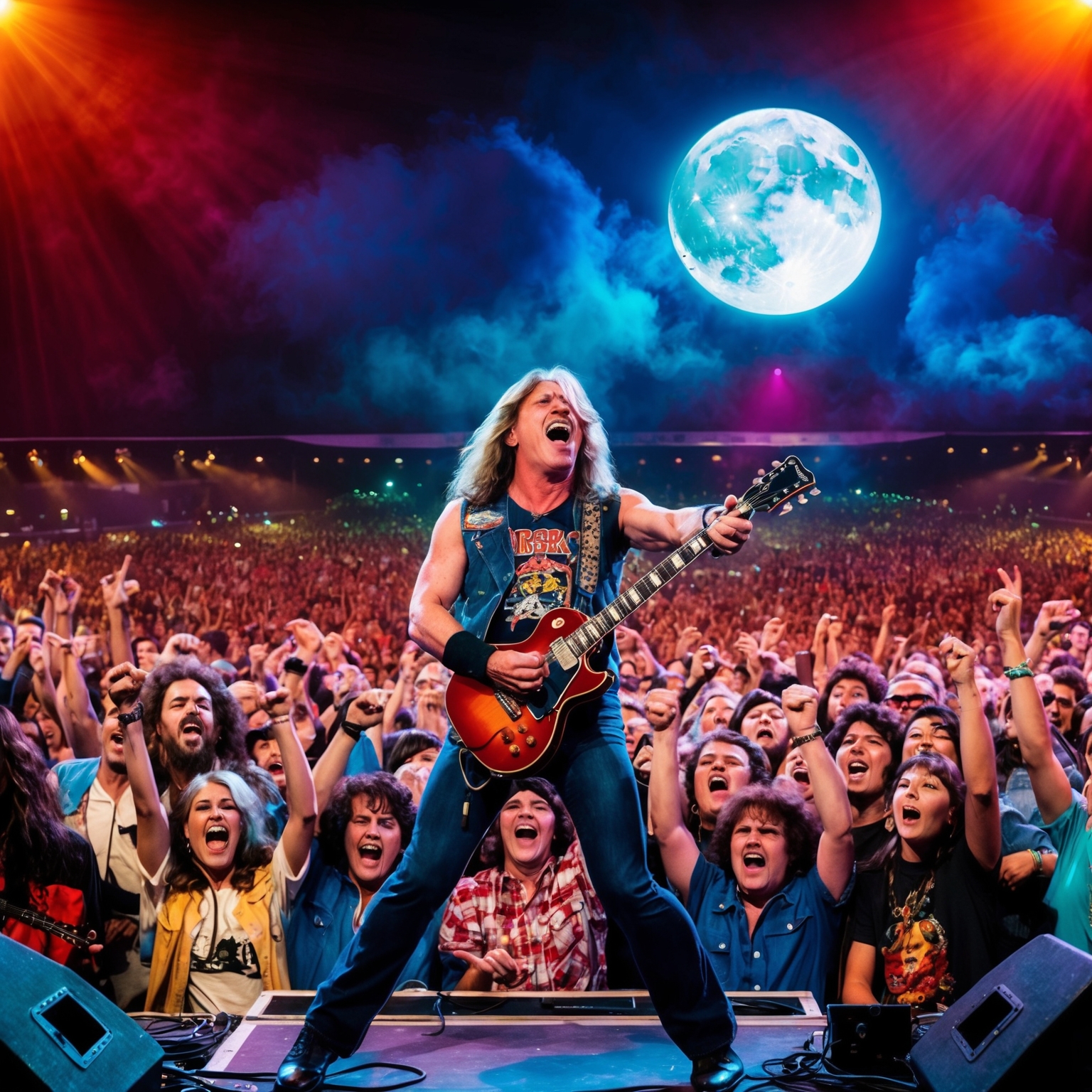
Released on November 15, 1983, ‘Bark at the Moon’ marked a significant moment in rock history as it introduced audiences to Jake E. Lee’s incredible guitar skills and served as a powerful single for Ozzy Osbourne’s solo career. While primarily recognized as the title track of the album ‘Bark at the Moon,’ the song quickly gained traction and found its place in music charts across the globe. Although it did not disrupt mainstream pop charts, it clawed its way up to respectable positions on various rock and metal charts, especially in the United States and the United Kingdom. The song peaked at number 21 on the Billboard Top Tracks chart and was also favorably received on British shores.
The song’s performance came at a critical juncture in Osbourne’s career, following the untimely death of guitarist Randy Rhoads. It wasn’t a breakthrough hit but rather a solid follow-up that reassured fans of Ozzy’s commitment to producing high-energy rock music. Compared to other tracks in that period, ‘Bark at the Moon’ was buoyed by vigorous promotion strategies, including its visually stunning music video that became a staple of MTV in the early 80s.
Beyond traditional charts, the song’s influence extended to impressive streaming numbers in the contemporary digital age. Platforms like Spotify and Apple Music showcase its lasting popularity, where it continues to amass millions of streams, partly thanks to its inclusion in popular rock playlists. Fan communities on forums and social media still celebrate its iconic solo and mythical themes, underscoring its timeless status within the heavy metal genre.
Exploring the Visuals of ‘Bark at the Moon’
The music video for ‘Bark at the Moon’ complements the song with its gothic and theatrical horror themes. The visuals helped boost the song’s popularity, featuring outstanding makeup effects by artist Rick Baker.
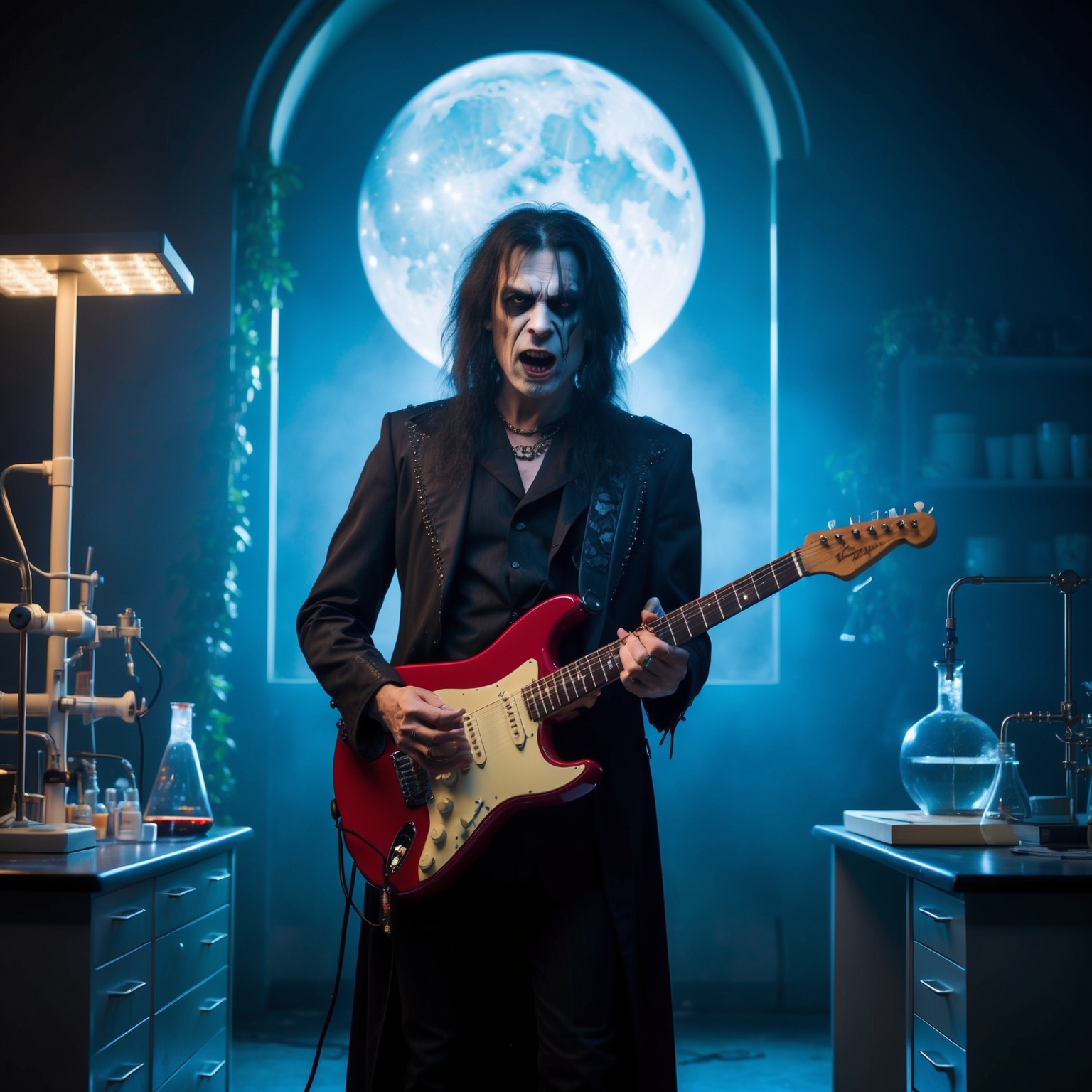
The music video for **’Bark at the Moon’**, a timeless rock anthem associated closely with Ozzy Osbourne, provides a haunting and entertaining visual accompaniment to the song’s intense atmosphere. While Jake E. Lee’s contribution as a guitarist is indispensable to the track’s sonic impact, the video elevates the song to an entirely different level, giving it a visual story that has intrigued fans for decades. Set against a dark and mysterious backdrop, the video matches the song’s lyrics with gothic elements and theatrical horror ideologies, a signature style for Ozzy Osbourne’s solo visuals.
With intricate set designs and impressive makeup effects, Ozzy, known for his outlandish stage presence, transforms into a Dr. Jekyll and Mr. Hyde-esque character, a wolfman tormenting both himself and others in a perilous laboratory setting. This narrative, laced with horror motifs, perfectly complements the song’s dark and foreboding guitar riffs, effectively enhancing the listening experience. These elements of the video have ensured its lasting impact, helping solidify ‘Bark at the Moon’ as a flagship piece of visual art within the heavy metal community.
The music video, directed by Mike Mansfield and featuring artistic make-up work by Academy Award-winning artist Rick Baker, played a crucial role in elevating the song’s popularity. While not without controversy – with some critics finding its themes overly theatrical – the video was largely embraced for its creativity and alignment with the horror rock genre. Its combination of theatricality and musical prowess has remained a highlight in the visual history of rock music.
Decoding the Intricate Musical Blueprint of ‘Bark at the Moon’
Explore the technical intricacies of ‘Bark at the Moon,’ delving into its key, chord structure, and instrumentation that combine to create this iconic hard rock anthem.

Jake E. Lee’s iconic track “Bark at the Moon” is a masterclass in 1980s hard rock composition, illustrating a complex yet accessible framework that captures the essence of the era. The song is predominantly written in the key of C# minor, a choice that emphasizes the dark, brooding thematic undercurrent typical of many hard rock and metal songs of that period.
The chord structure features a series of power chords that create an aggressive and driving feel. This is further complemented by a tempo that maintains a steady, propulsive beat, indicative of the song’s energetic intent. The rhythm section, helmed by a consistent drum pattern and bass groove, keeps the momentum of the track alive, allowing the lead guitar to soar.
Melodically, “Bark at the Moon” is noted for its memorable riffs and guitar solos, which are characterized by rapid-fire sequences and an impressive use of scales, performed by Jake E. Lee. Harmonically, the song doesn’t shy away from utilizing dissonant intervals to build a sense of tension, resolved periodically throughout the track. The contrast between the melody and harmony drives the song’s dynamic shifts, creating aural peaks and valleys.
In terms of instrumentation, the track features electric guitars, bass, drums, and keyboards, each playing a crucial role in creating its signature sound. The dual-layered guitar work, in particular, provides a rich tapestry of sound, with Jake E. Lee’s guitar solos adding a layer of virtuosity.
When compared to Jake E. Lee’s other work with Ozzy Osbourne and in his subsequent projects, “Bark at the Moon” stands out as a pivotal piece, marking a refinement in his artistry. The track captures a balance of technical prowess and melodic appeal, a theme that permeates his subsequent work.
Interestingly, the song was recorded at Ridge Farm Studios, a location known for producing several legendary rock albums. The production process was overseen by Ozzy Osbourne and his team, who aimed to capture a sound that was both polished and raw, a testament to the recording techniques of the time.
Decoding the Lyricism in ‘Bark at the Moon’
Unpacking the rich lyricism in ‘Bark at the Moon,’ this analysis explores themes of duality, powerful storytelling, and the evocative use of literary devices, underlining its cultural resonance and enduring appeal.
Waking from the dead of night
Vengence is boiling
He’s returned to kill the light
Then when he’s found who he’s looking for
Listen in awe and you’ll hear him
Bark at the moon
Years spent in torment
Buried in a nameless grave
Now he has risen
Miracles would have to save
Those that the beast is looking for
Listen in awe and you’ll hear him
Bark at the moon
Hey yeah, bark at the moon
They cursed and buried him along with shame
And thought his timeless soul had gone (gone)
In empty burning hell, unholy one
But he’s returned to prove them wrong, so wrong
Oh, yeah baby
Howling in shadows
Living in a lunar spell
He finds his heaven
Spewing from the mouth of hell
Those that the beast is looking for
Listen in awe and you’ll hear him
Bark at the moon
Hey yeah, bark at the moon
Hey yeah, bark at the moon
Oh, oh yeah, bark at the moon
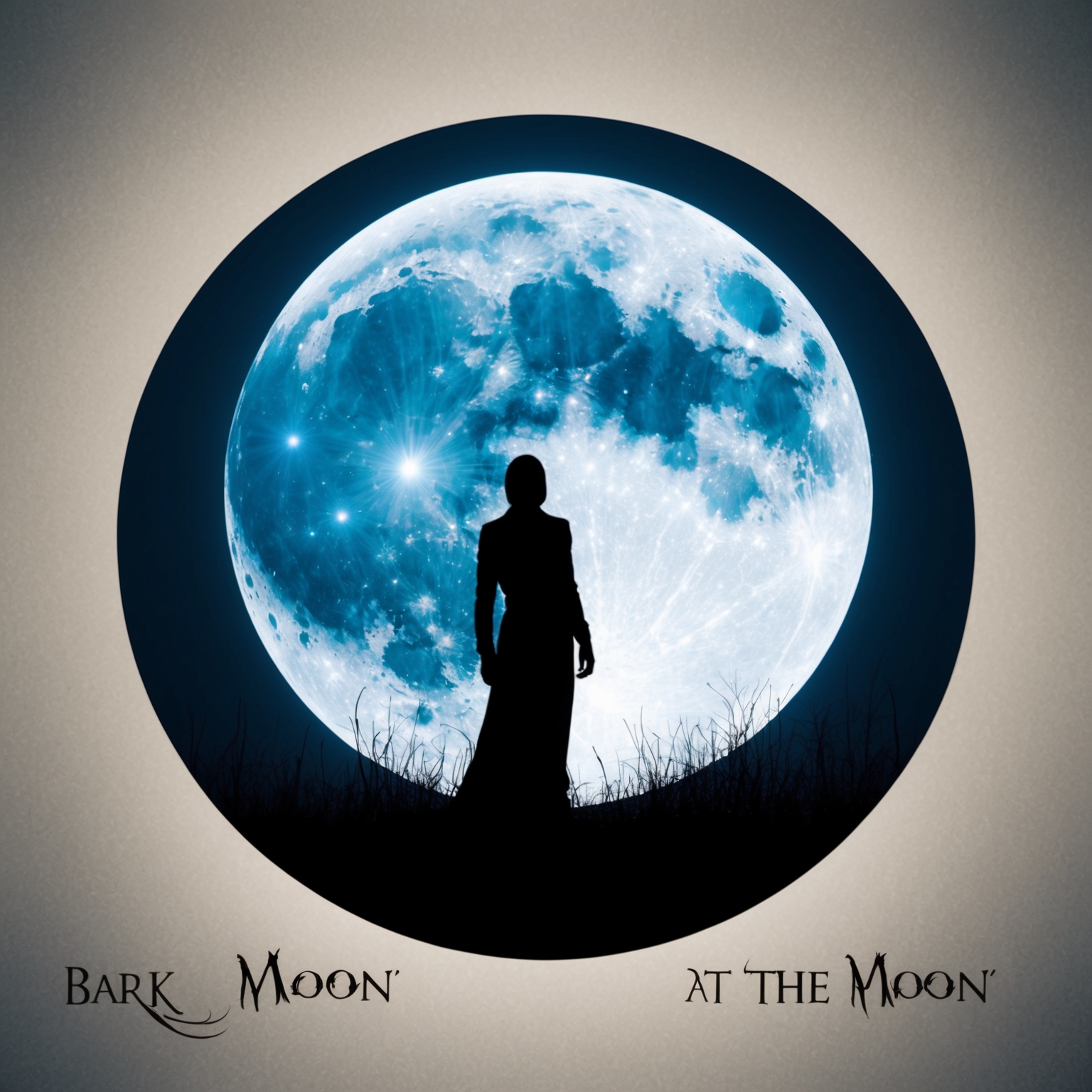 The lyrics of ‘Bark at the Moon’ by Jake E. Lee are rich with vivid imagery and striking narratives that captivate listeners from the first note. This piece opens with a haunting depiction of transformation and duality, a theme that resonates throughout the song. At its core, it speaks to the internal struggle between one’s darker instincts and the facade presented to the world. This potent theme of dual identities echoes with audiences who have felt the push and pull of personal demons.
The lyrics of ‘Bark at the Moon’ by Jake E. Lee are rich with vivid imagery and striking narratives that captivate listeners from the first note. This piece opens with a haunting depiction of transformation and duality, a theme that resonates throughout the song. At its core, it speaks to the internal struggle between one’s darker instincts and the facade presented to the world. This potent theme of dual identities echoes with audiences who have felt the push and pull of personal demons.
Narratively, the lyrics employ a third-person perspective, creating a sense of detachment and storytelling that immerses the listener into a fable-like scenario. The third-person approach not only amplifies the drama but also allows the listener to envision the story as it unfolds. This method of storytelling is effective as it positions the song as a cautionary tale, providing a theatrical experience rich in suspense and intrigue.
Literary devices are abundant in ‘Bark at the Moon,’ with metaphors and alliterations heightening its lyrical quality. The phrase ‘bark at the moon’ itself is a metaphor for howling against an uncontrollable force, a motif that illustrates frustration and rebellion against one’s inner chaos. The use of vivid imagery engenders a visceral reaction, leaving an indelible mark on the audience.
Culturally, the song reflects the growing fascination with horror and supernatural themes during its release in the 1980s. This period saw a resurgence of werewolf and supernatural motifs in popular media, which the song taps into, further cementing its appeal and longevity.
The emotional impact of the lyrics is profound, as they evoke feelings of isolation and misunderstood identity. The persona’s ultimate defiance expressed through the metaphor of barking at the moon serves as a rallying cry for those who feel alienated. This relatability has ingrained the song into the hearts of fans worldwide, contributing to its enduring success.
Comparatively, the lyrics of ‘Bark at the Moon’ share thematic similarities with other works within the rock genre, but stand out due to their evocative storytelling and use of metaphor. While some might see it as just another song about internal conflict, others find a deep resonance that echoes their own experiences.
🌕🎸 Did you know? Jake E. Lee didn’t just play on Bark at the Moon, he co-wrote it! His riffs had us all howling at the moon! 🐺🎶 #JakeELee #RockLegends #80sMetal https://bit.ly/3NtAvoR
Click to Tweet

